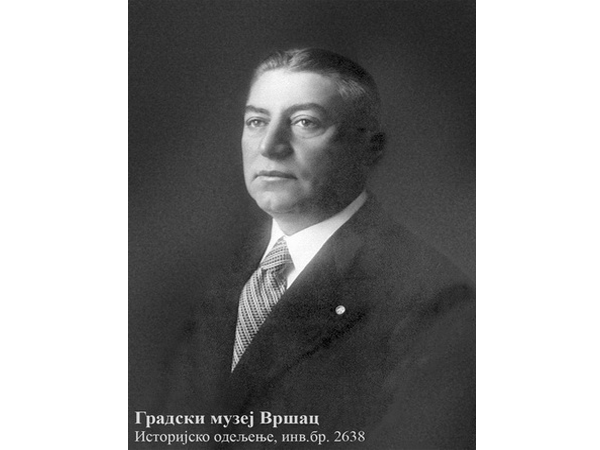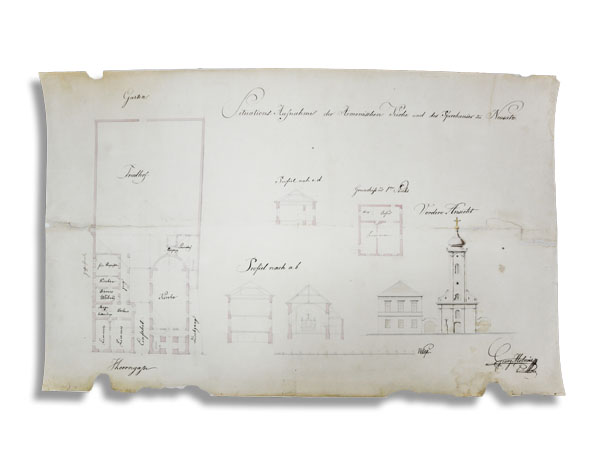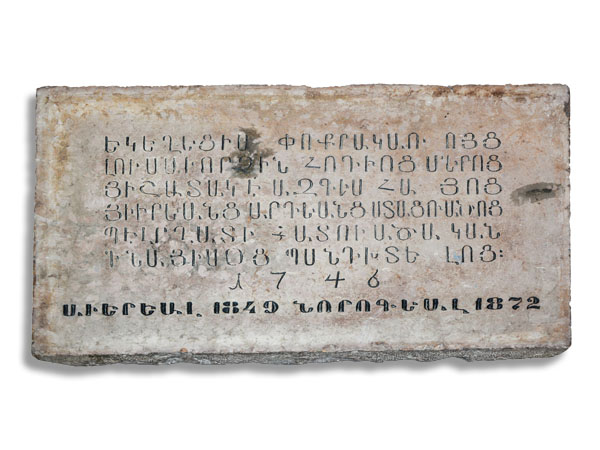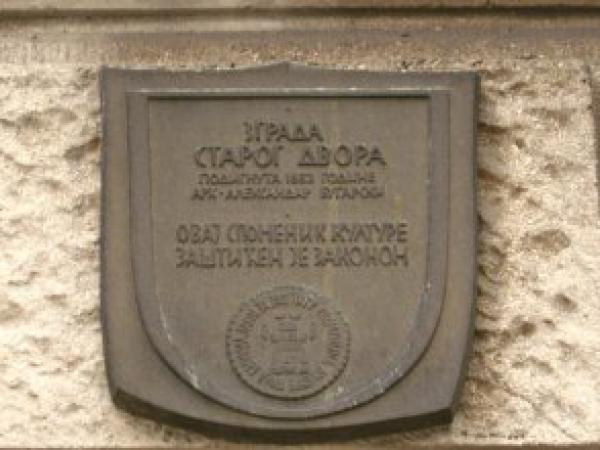Bogdanović was born into a family of leftist intellectuals. His father Milan was a literary critic, president of the Union of Writers and director of the National Theatre.Beginning in 1940, Bogdan studied architecture at the University of Belgrade. He participated in World War II ("a bit" in his words) as a partisan, becoming a member of the Communist Party, and was seriously wounded in eastern Bosnia. Despite his injuries, he continued his academic career with his graduation (1950), as a teaching assistant at the department for urbanism (from 1953), later docent (1960), extraordinary professor and president of the Yugoslavian Union of Architects (1964), dean of the faculty of architecture and corresponding member of the Serbian Academy of Sciences and Arts (1970), and full professor (1973). In 1981 he left the Academy, and he was conferred emeritus status in 1987.
Being an ardent leftist, Bogdanović opposed the increasing nationalism among the state leaders.Nonetheless, he became mayor of Belgrade in 1982 on the initiative of Ivan Stambolić, who was Chairman of the League of Communists of Serbia at the time. He stayed in office for one term, until 1986. During this time, he organised an international competition for the complete rebuilding of New Belgrade. All submissions to this competition have disappeared.
After his term of office, he was appointed by Milošević as a member of the Central Committee of the League of Communists of Yugoslavia. He accepted under the condition that he would not attend the meetings because he "had more important things to do".In the following year he sent Milošević an anti-nationalist letter of over 60 pages, containing a Stalino-dictionary satirising the recipient's nationalist diction, and the famous lamentation for Serbia on the theme of "Serbia is tired" (of its leaders). The Central Committee replied, "You can send the letter, in which you criticise the work of the eighth meeting and which has not reached us, to the Central Committee if you consider it necessary".The letter, in combination with other remarks about Milošević, led to attempts of breaking into Bogdanović's apartment, threats of lynching, and his exclusion from the Central Committee.These aggressions, however, did not prevent him from renewing his anti-nationalist statements when the Yugoslav wars started at the beginning of the 1990s, once more arousing violent attacks and a campaign by the state media.
In 1993 Bogdanović went into exile to Paris with his wife Ksenija. The Yugoslavian emigrant circle there had strong nationalistic tendencies,which led the couple to move on to Vienna following an invitation of his friend. Bogdanović died in a hospital in Vienna on 18 June 2010, following a heart attack.








